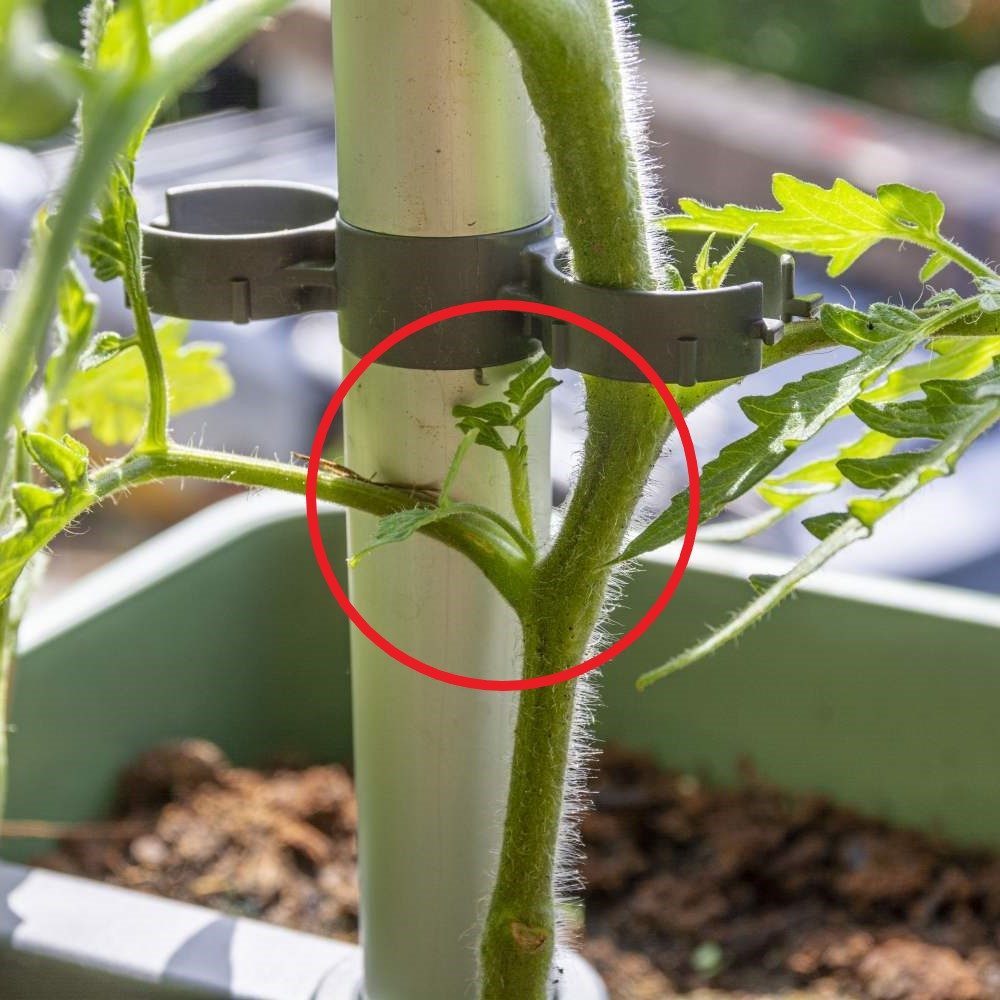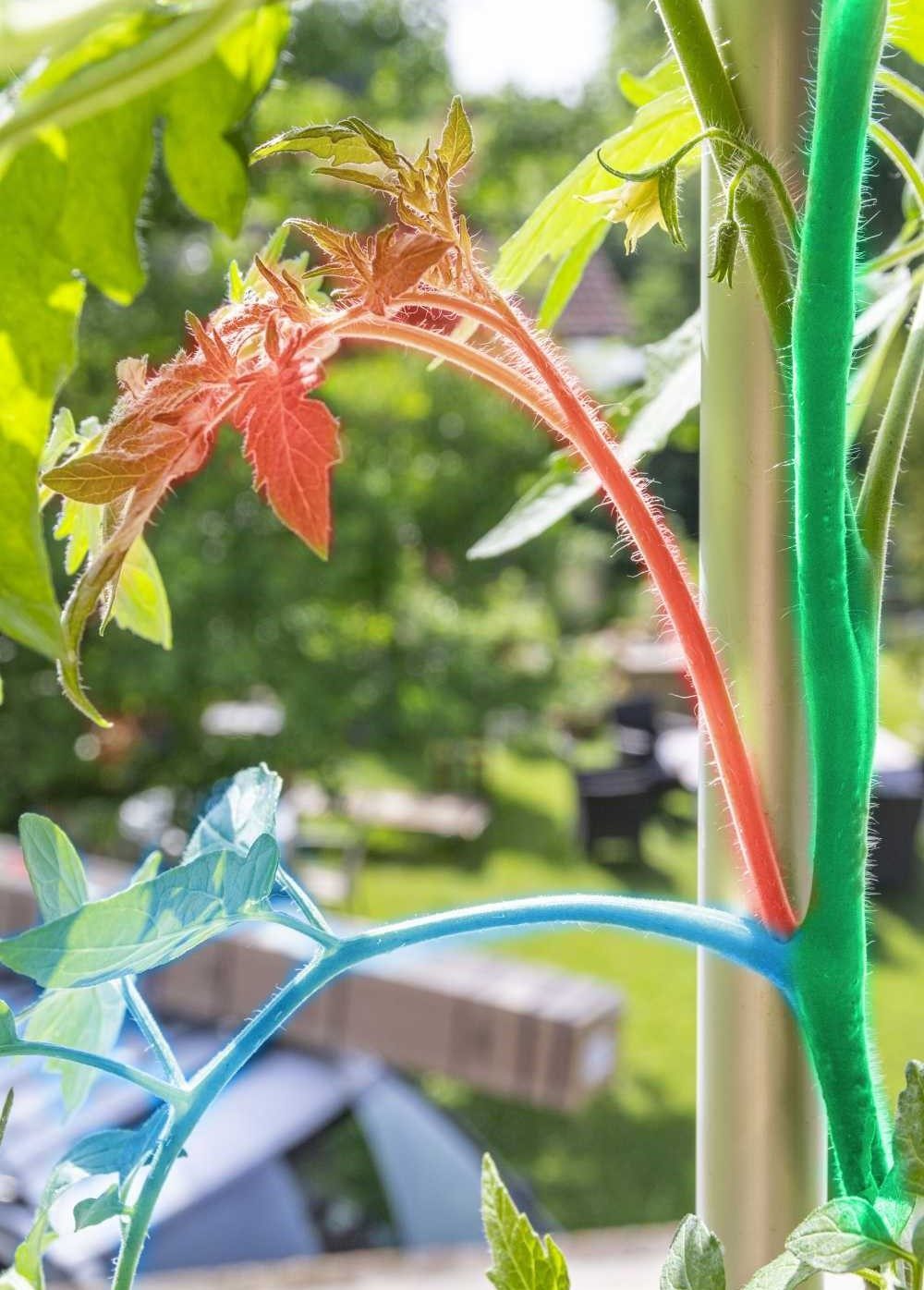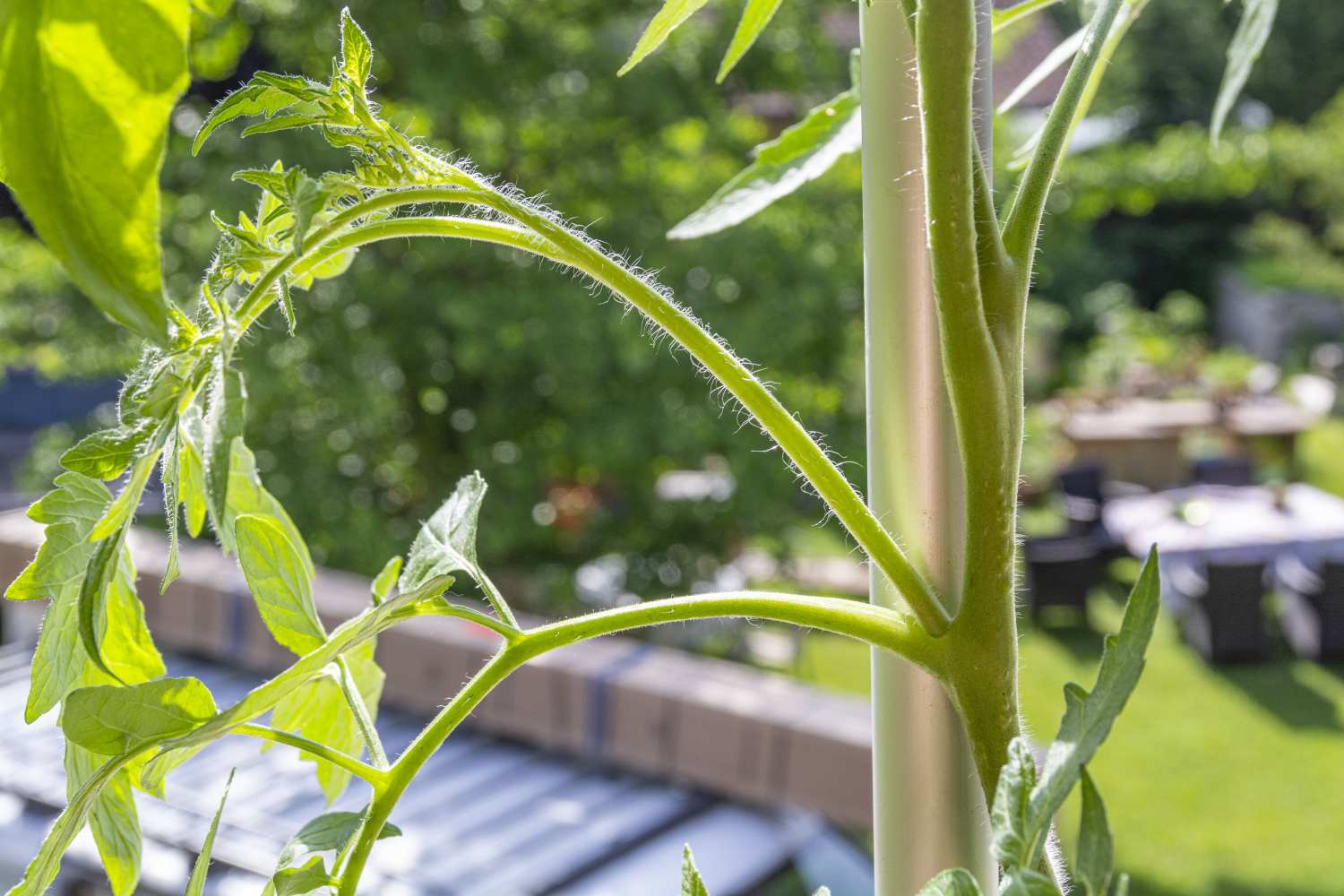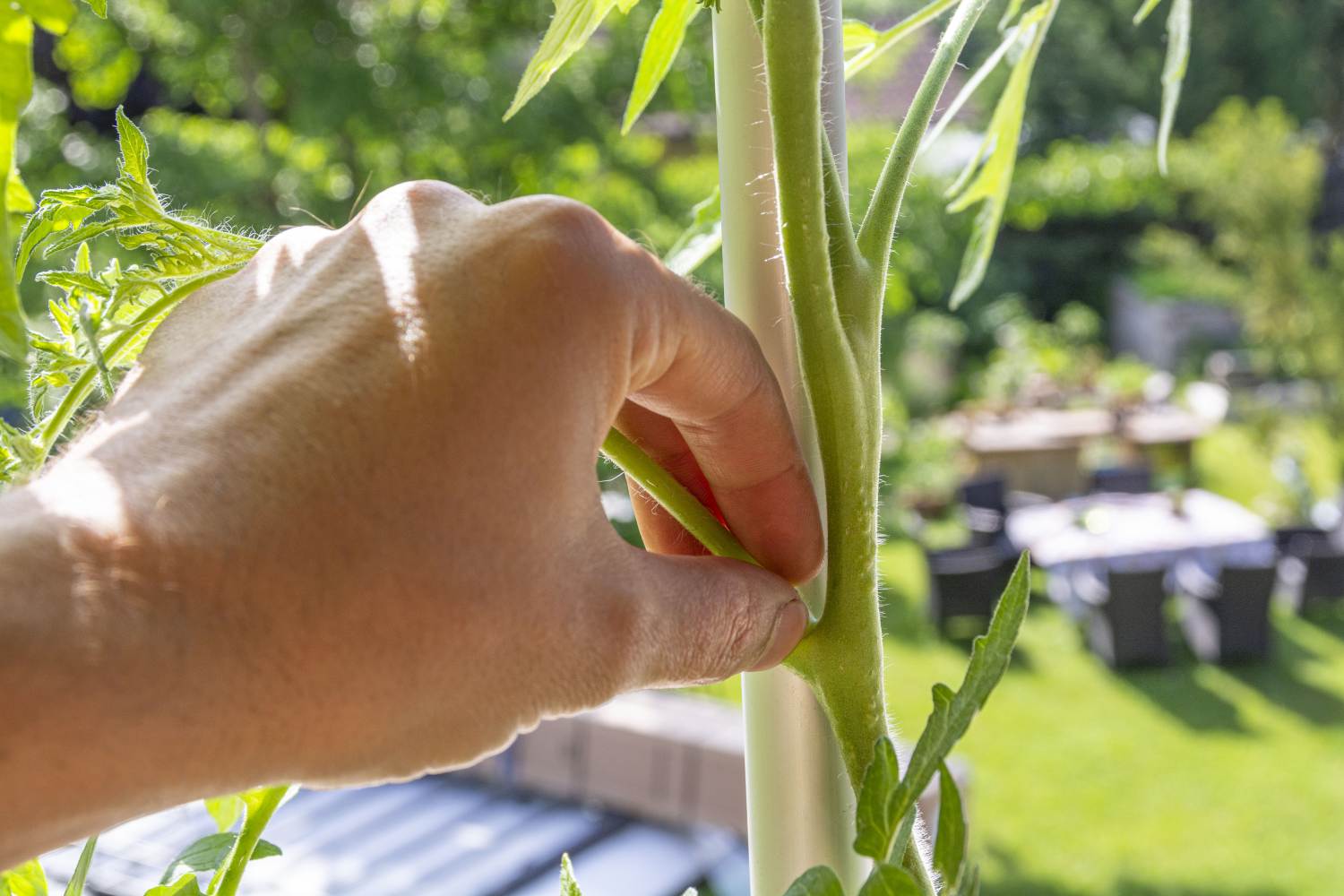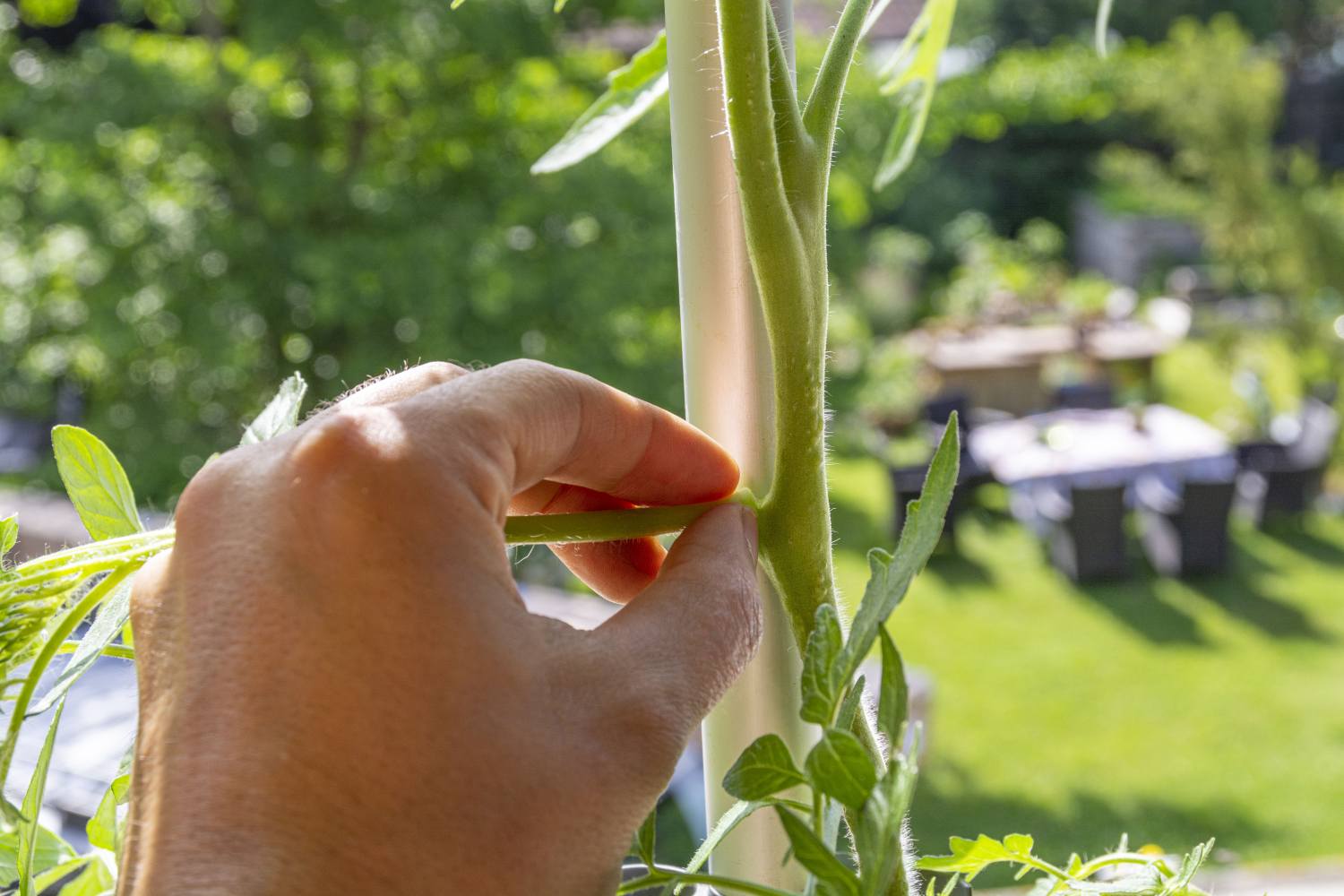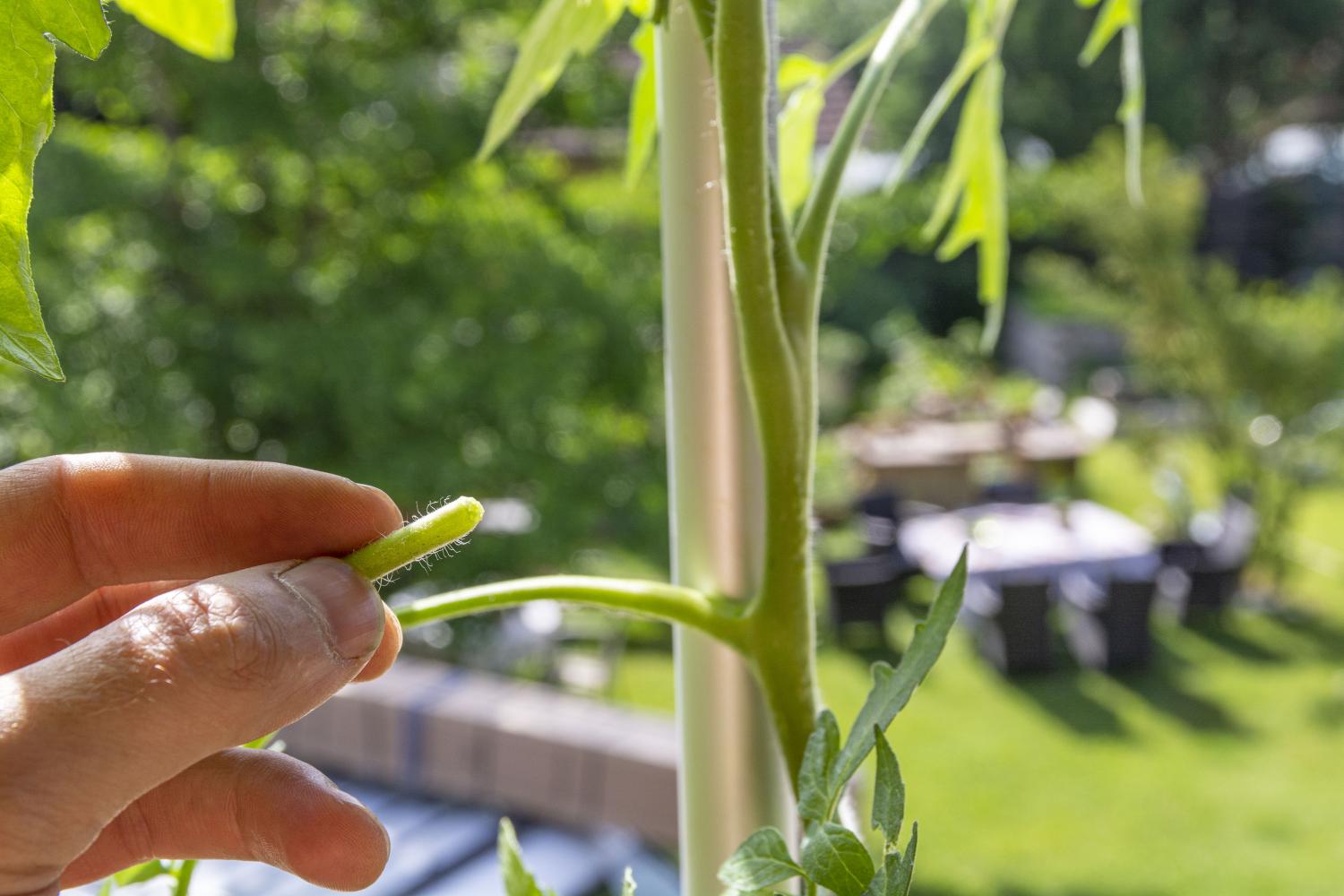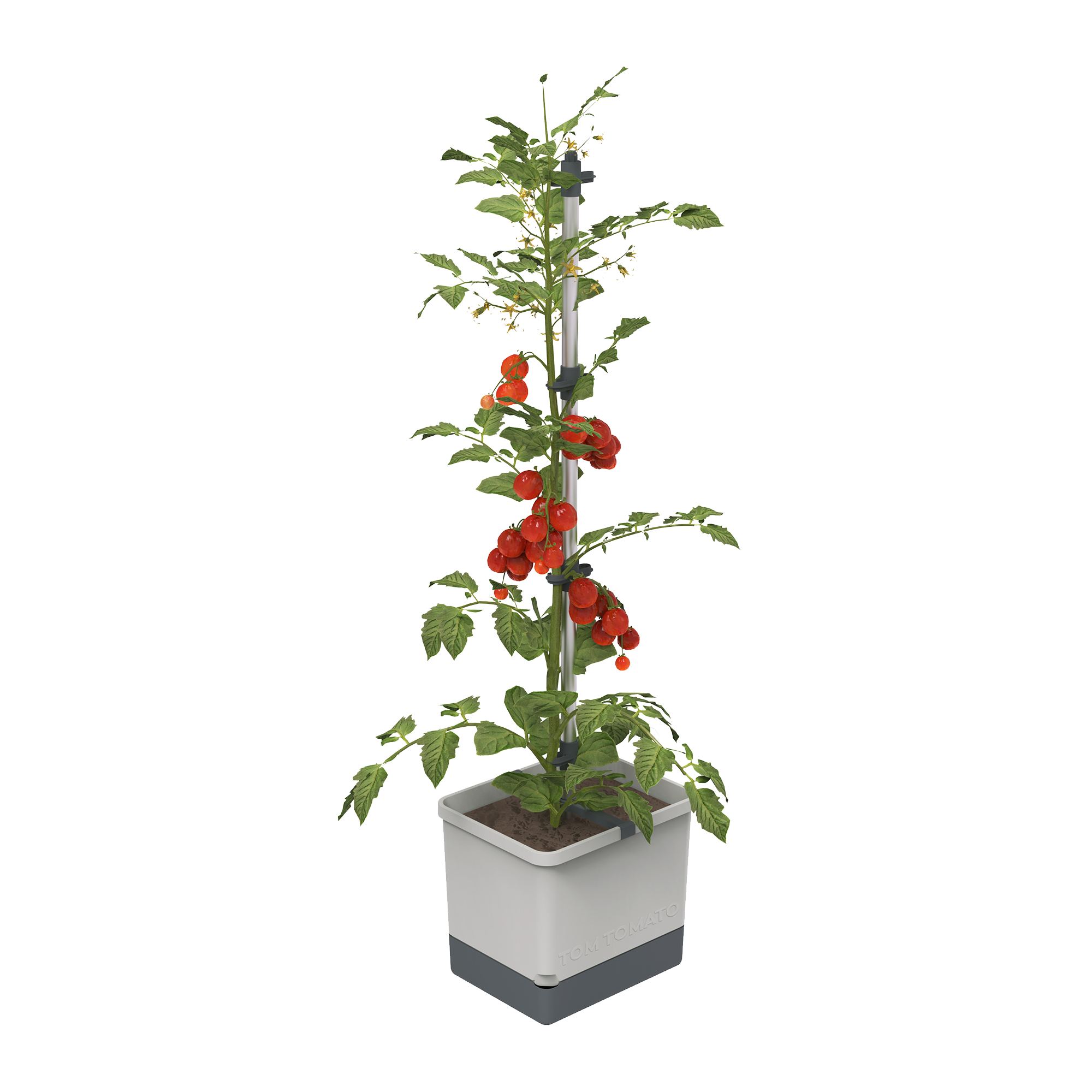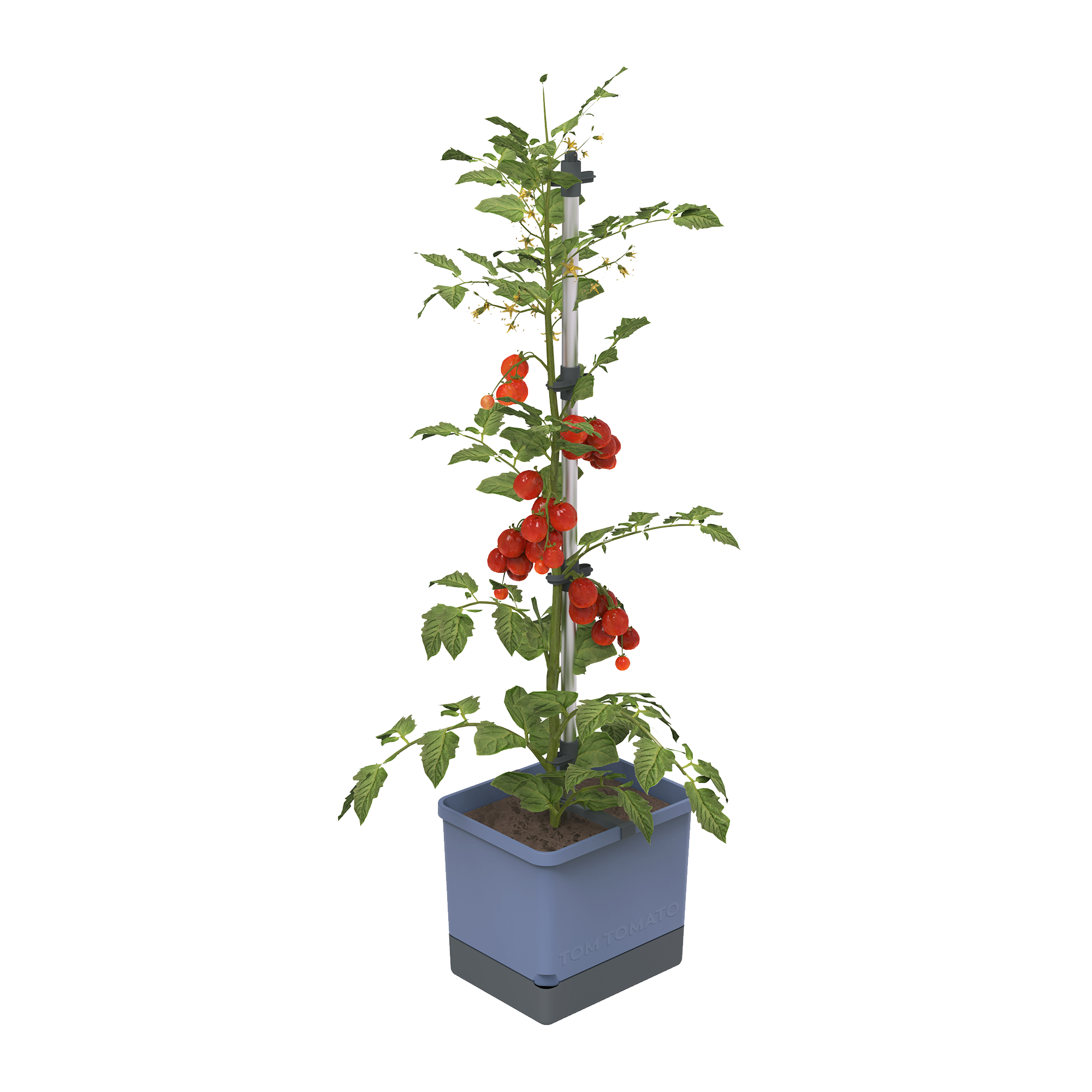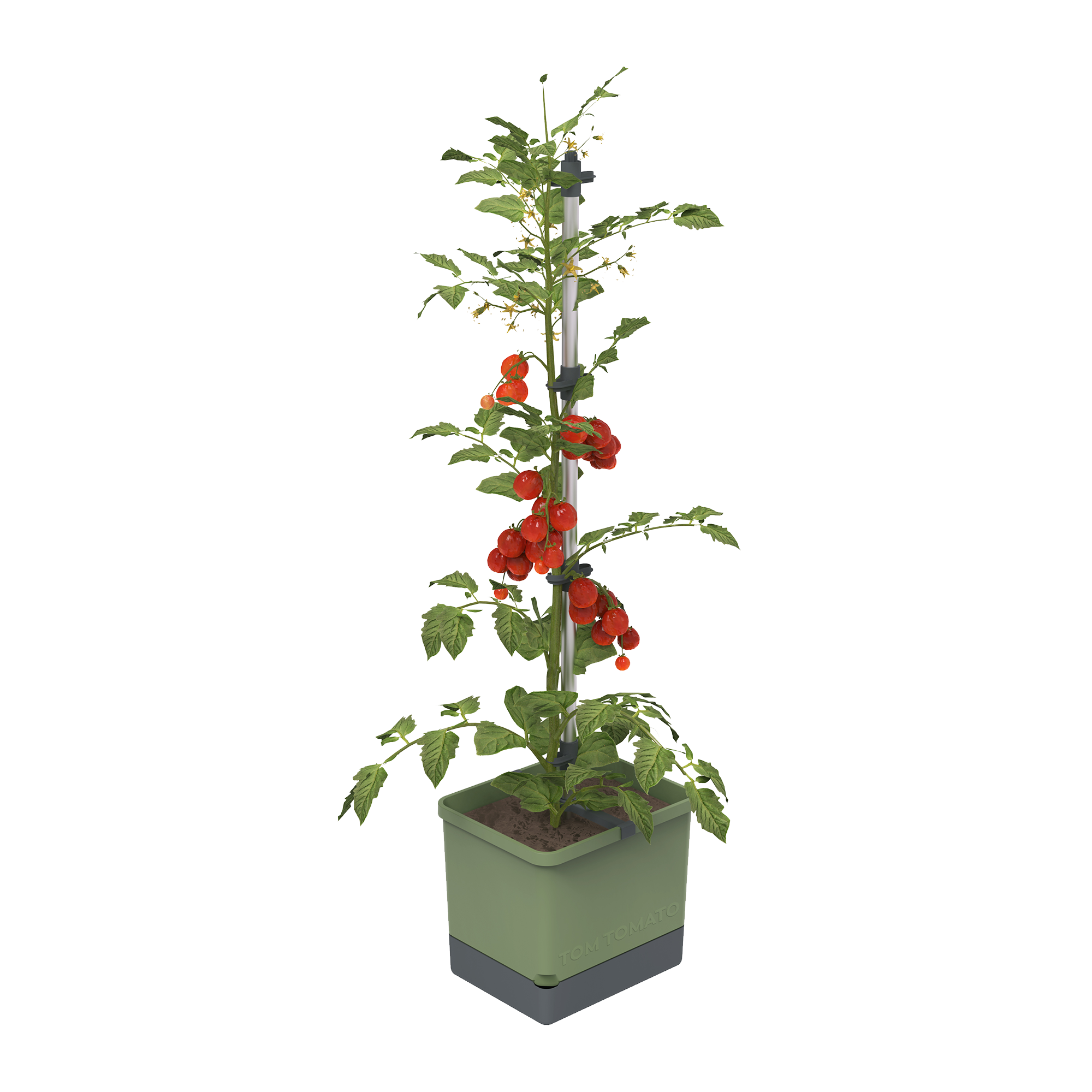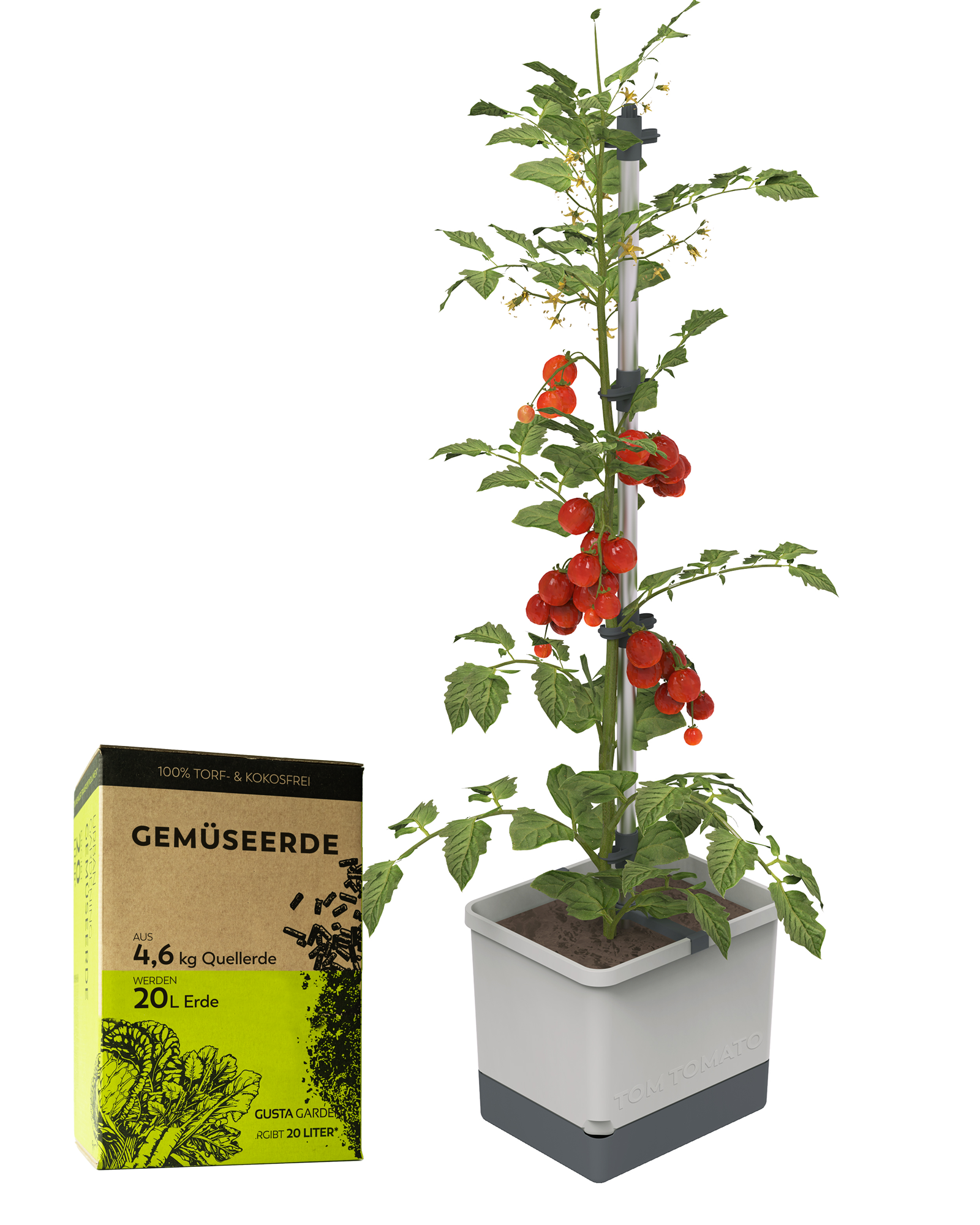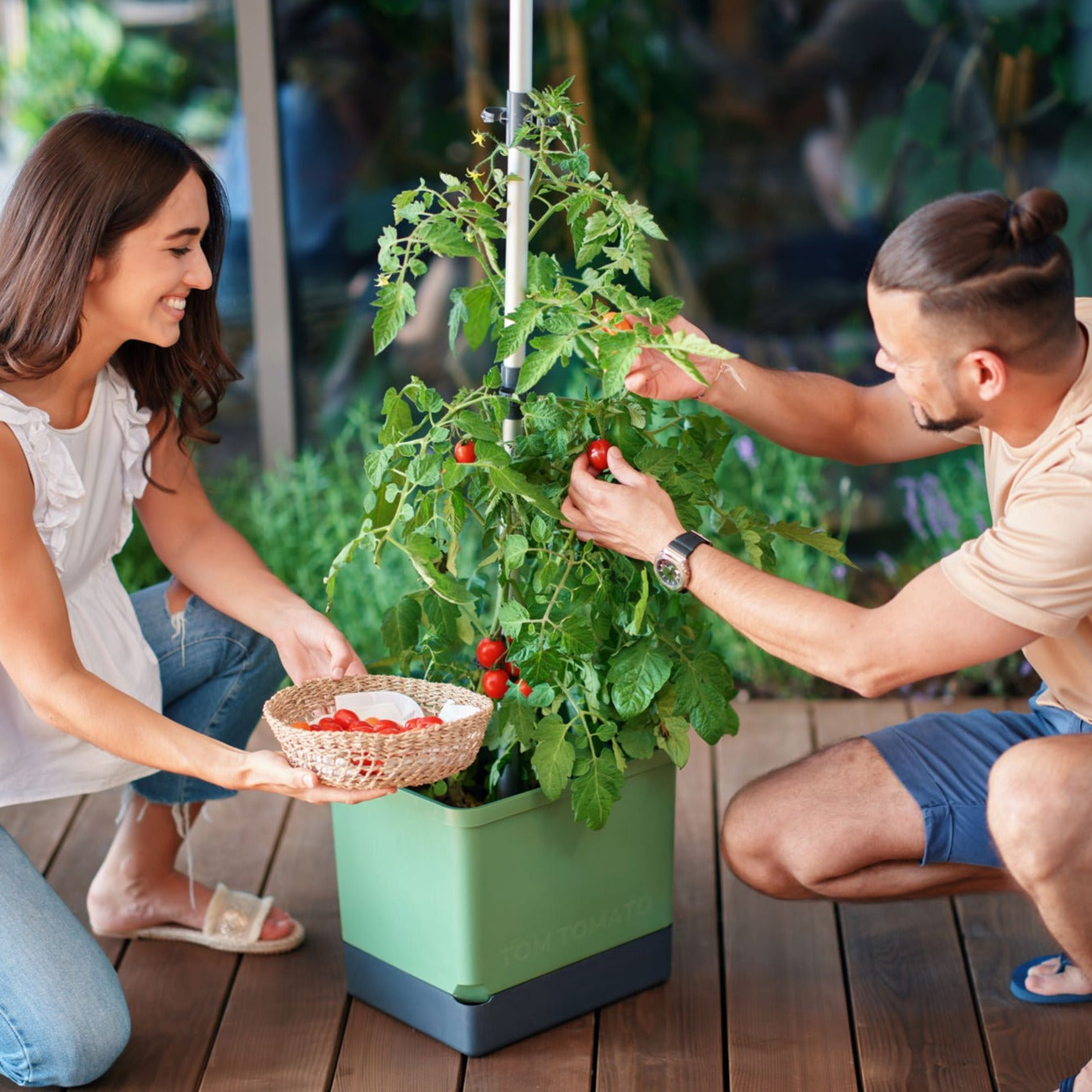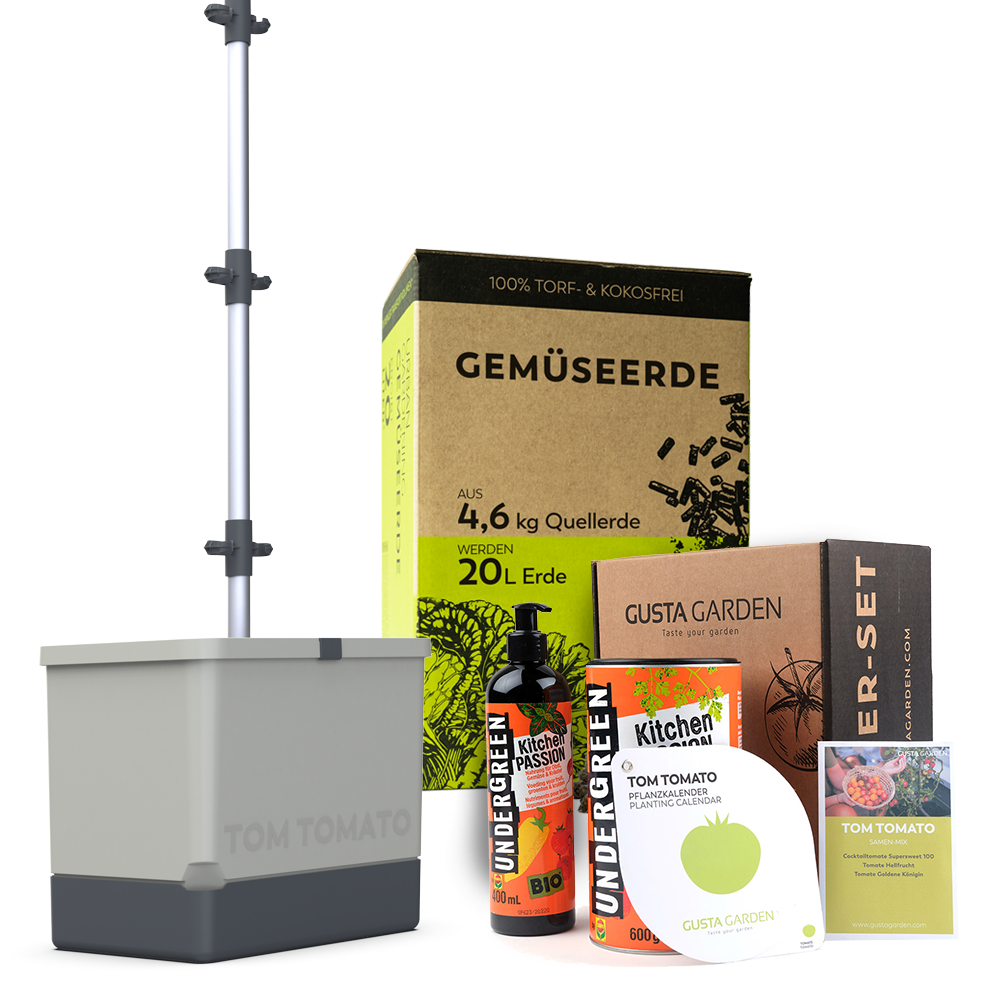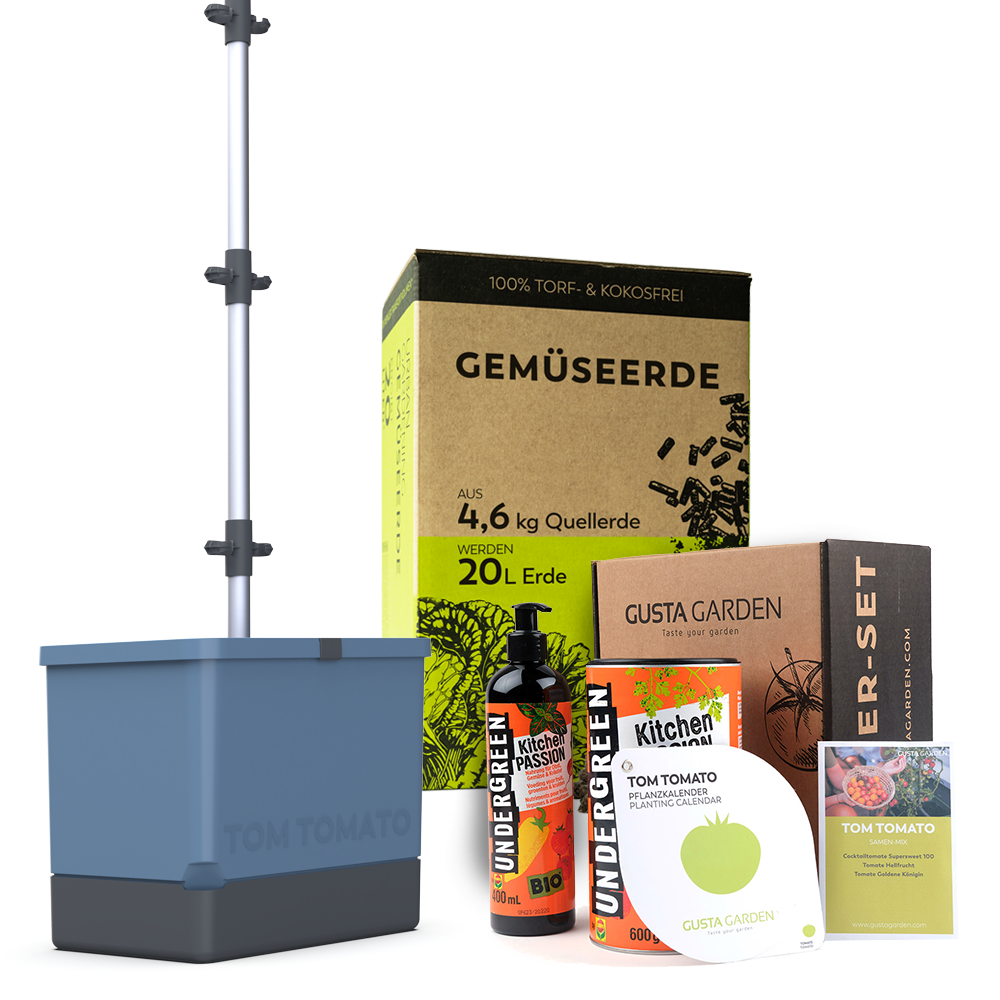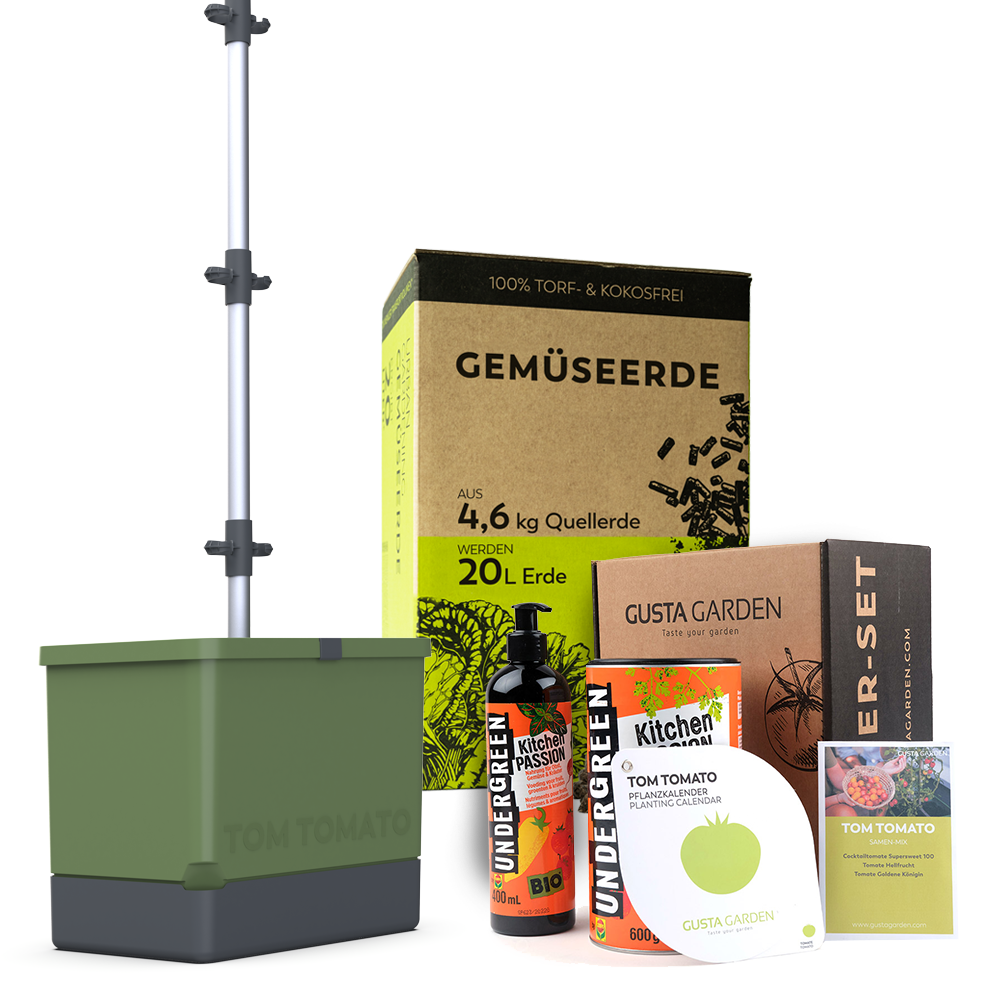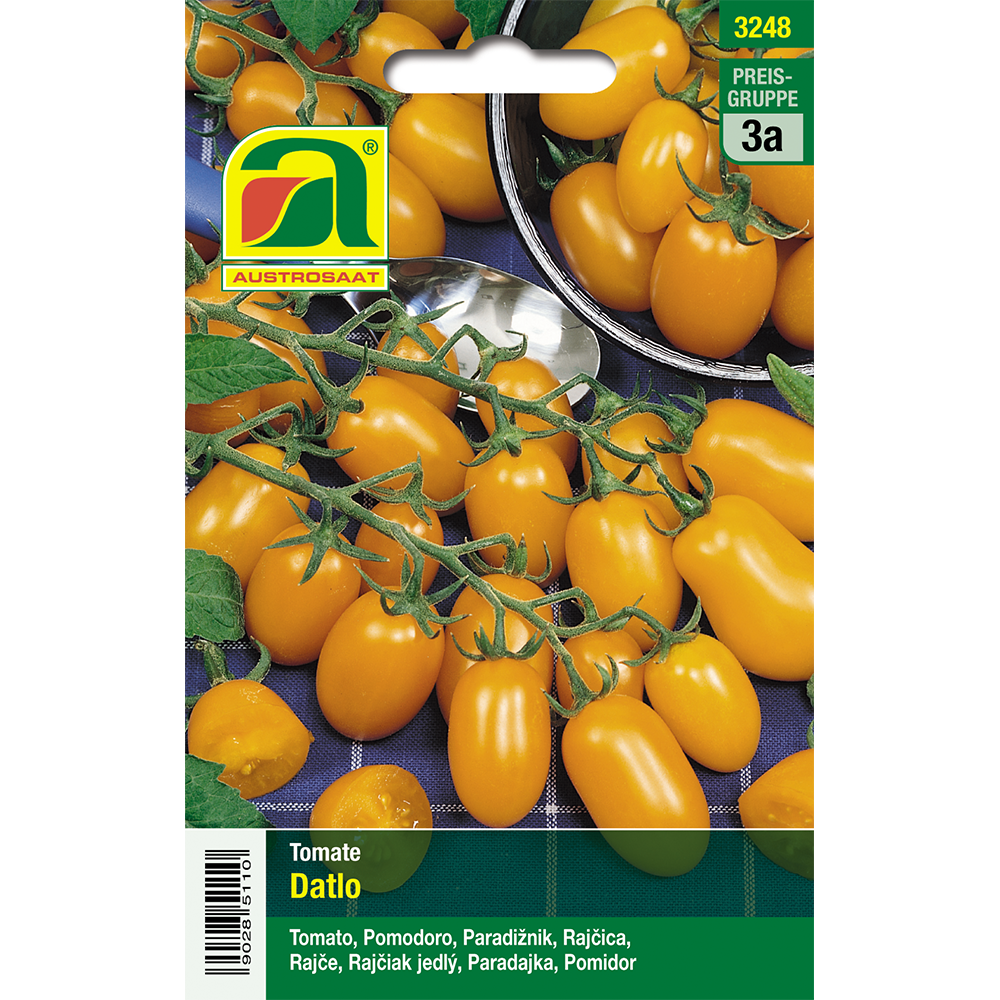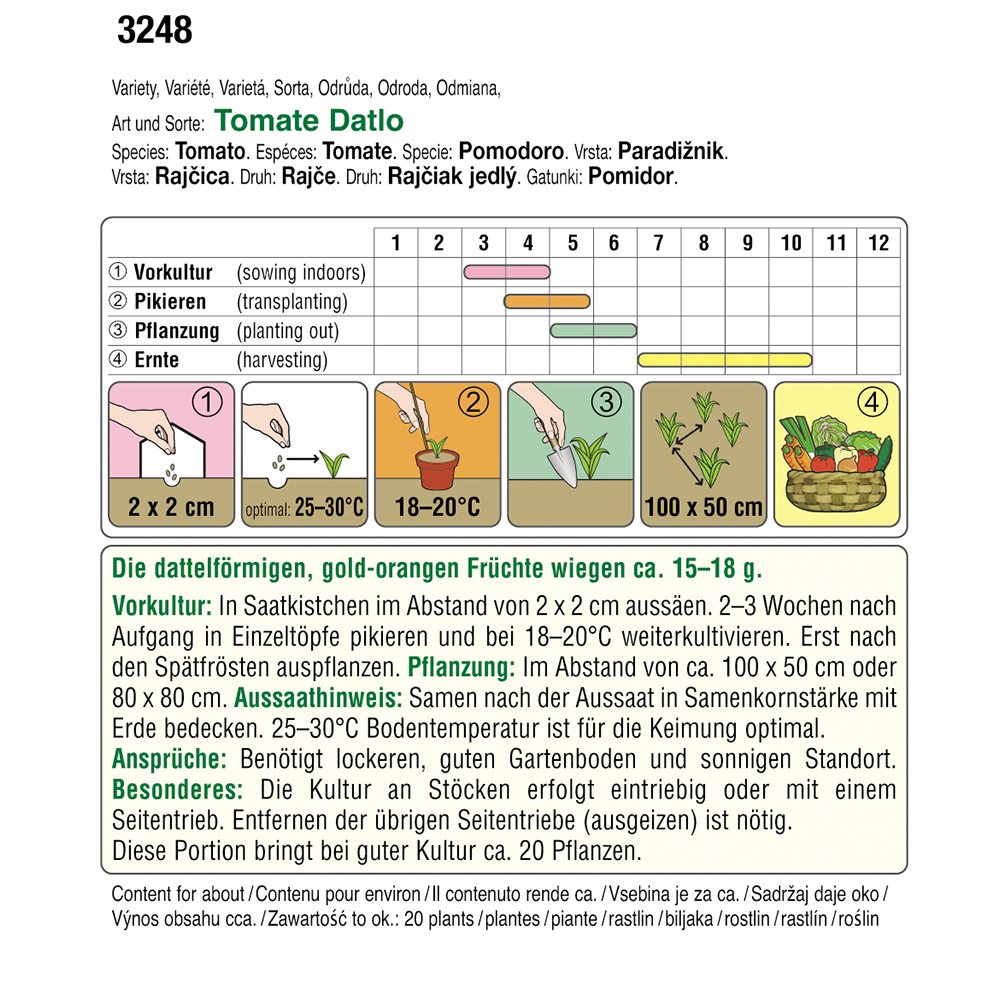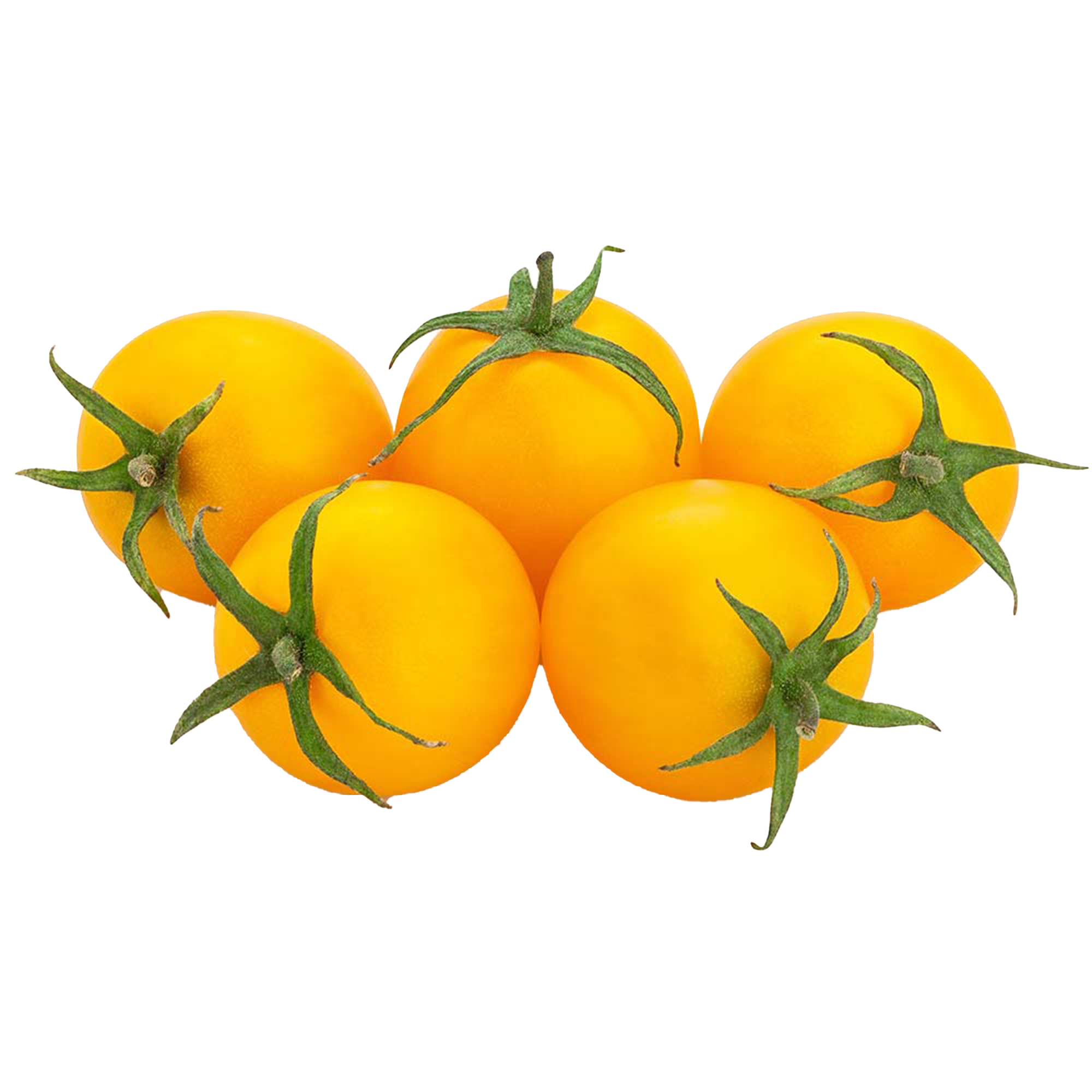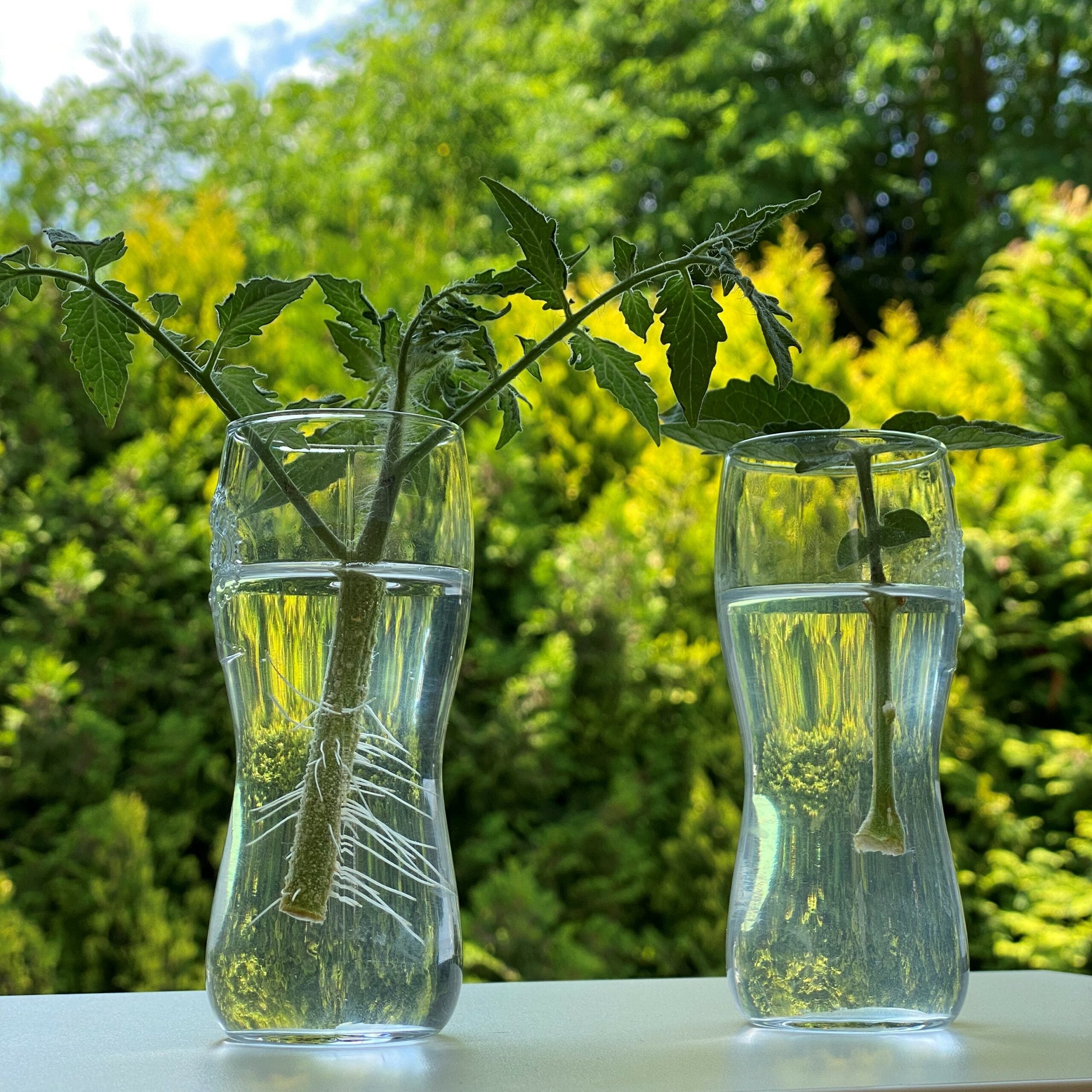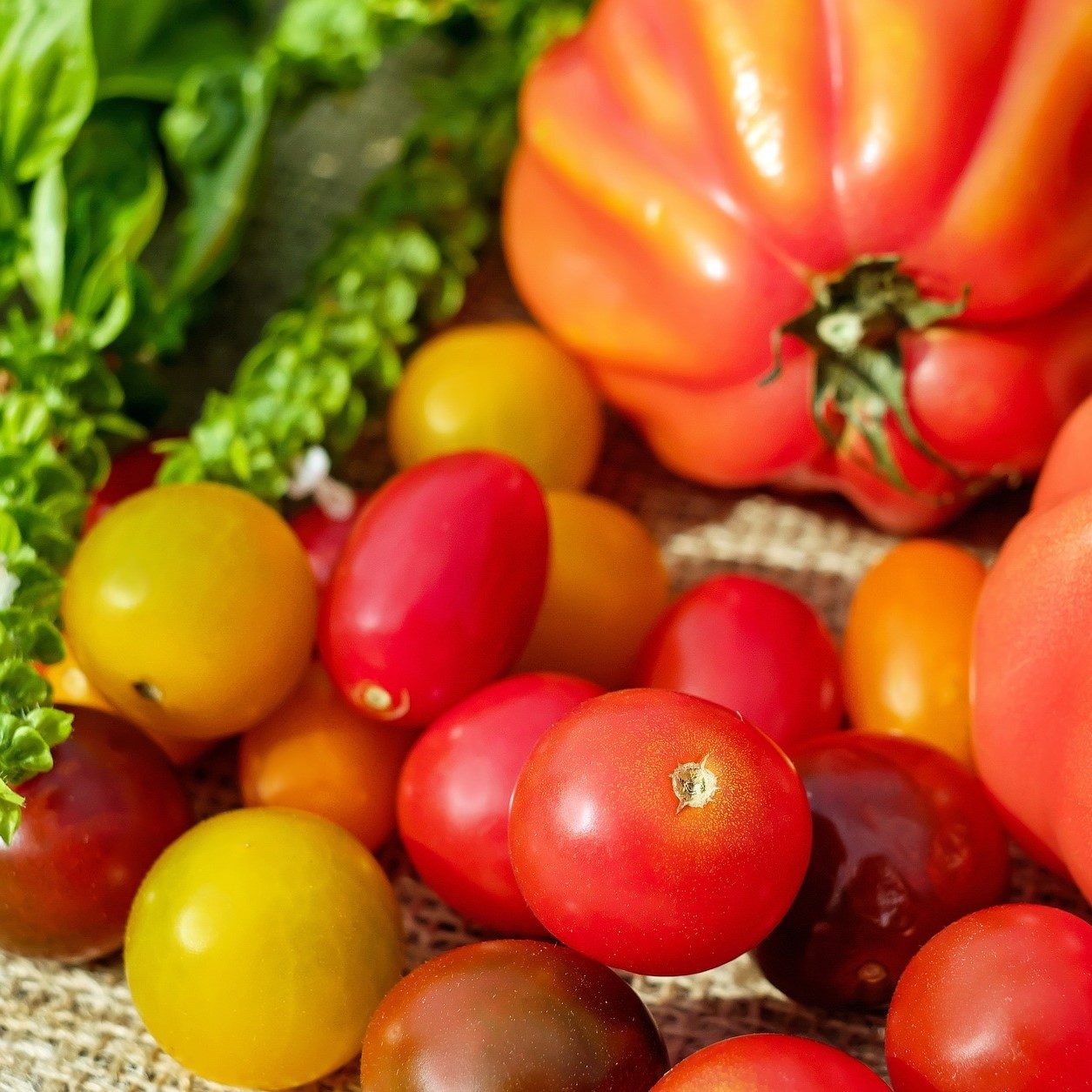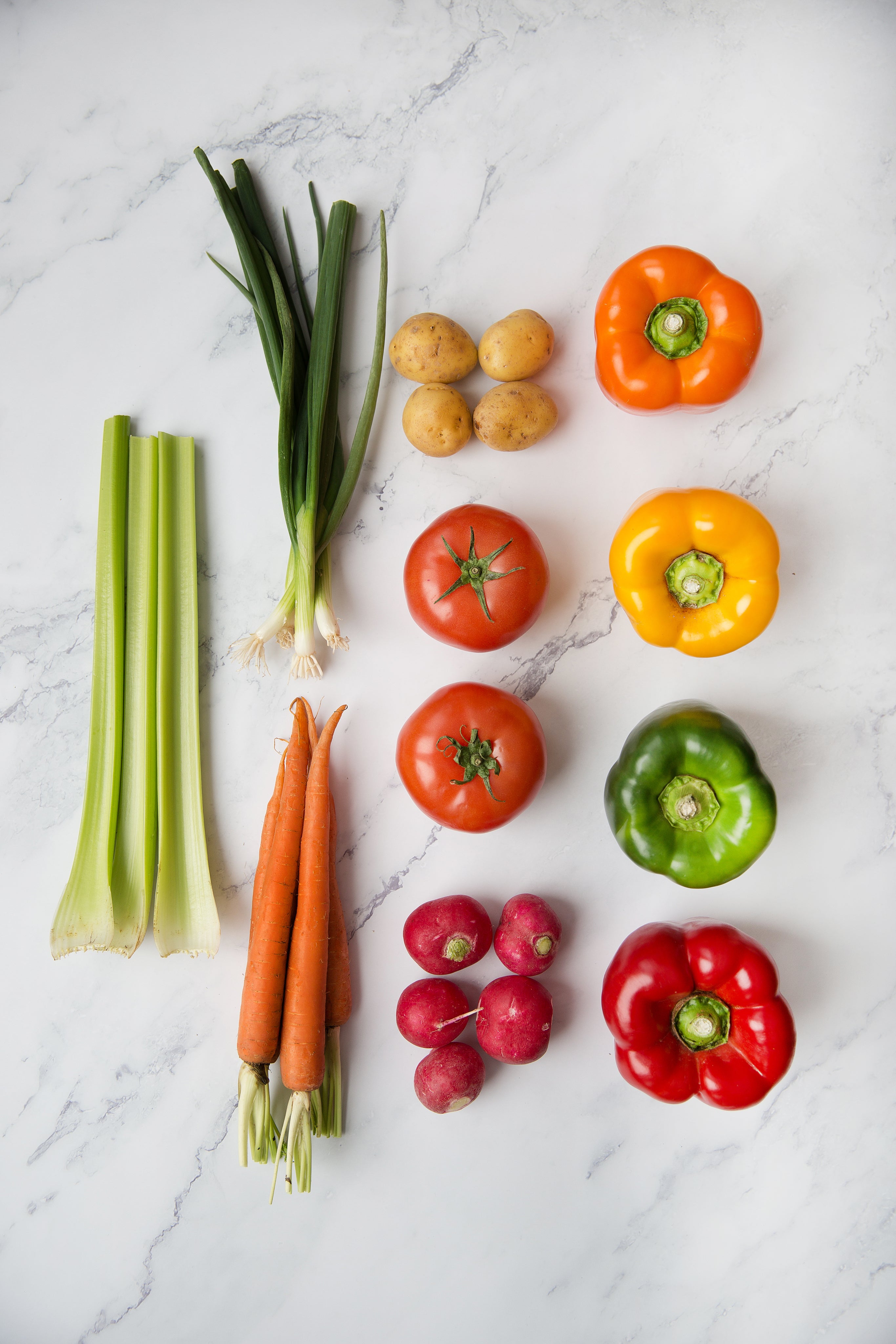If you want to harvest high-quality, aromatic tomatoes from your TOM TOMATO, you should thin out the plant regularly. You can find out exactly how this works and what’s behind it here:
What does “stripping out” actually mean?
By thinning out the shoots and fruit sets of the tomato plant are reduced overall. The term specifically refers to the removal of additional shoots that grow in the leaf axils of the tomato plant. This plays a particularly important role in stick tomatoes that are grown on a single shoot. This includes almost all varieties with large fruits, but also many cocktail, cherry and vine tomatoes. The so-called “stinginess instincts” should be broken out on a weekly basis from June to September. Stronger shoots can be carefully removed with a sharp knife. There is no need to exhaust bush, vine and wild tomatoes. Not sure what type of tomato you planted? Then our blog post on the topic of “tomato varieties” might help you.

How do I recognize miserliness?
👉 Stingy shoots always grow in the leaf axil of the tomato plant, i.e. between the main and side shoots.
Main shoot - stingy shoot - side shoot
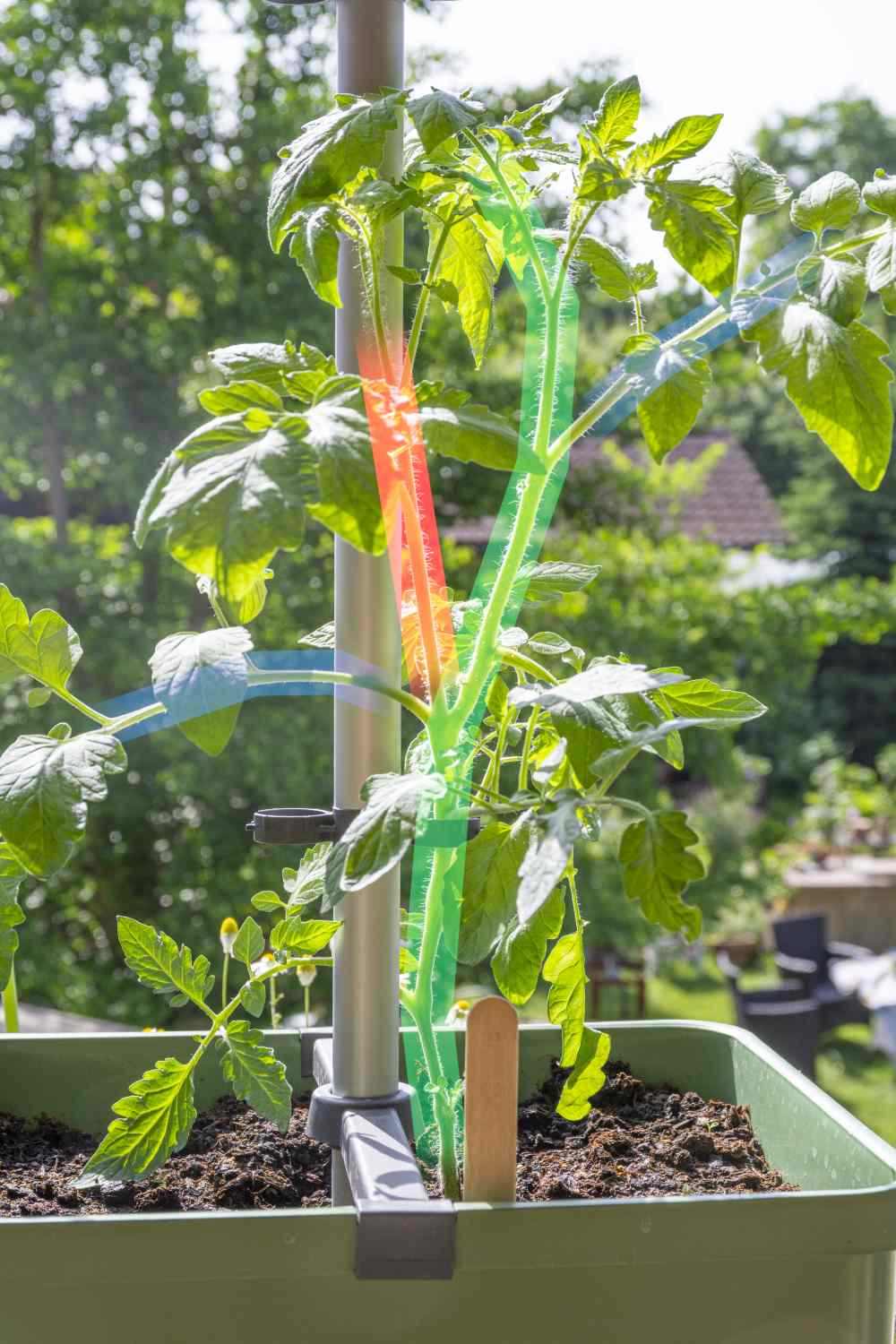
Why should you prune tomatoes?
You're probably wondering why you should cut shoots off your plant, after all you're looking forward to a rich tomato harvest. This has the following background: modern tomato plants bred for high yields develop so many shoots with fruit sets that at some point they are no longer able to supply the entire plant mass. Basically, tomato plants are only able to fully ripen 5 to a maximum of 7 inflorescences per plant .
Stingy shoots always develop later than the main shoot, but produce more leaves and fewer flowers (=fewer fruits) - so they are “stingy” with their yields. However, the plant still requires an enormous amount of energy for these shoots, which usually doesn't really pay off in the form of small, barely ripe fruits at the end of the summer.For this reason, these stingy shoots are removed early in order to promote the growth of large, aromatic fruits - true to the motto “quality over quantity” . According to the same principle, it is also advisable to cut off the top of the main shoot of the plant as soon as a maximum of 7 inflorescences have been formed.
Another reason for thinning is the absolutely necessary “thinning” of your tomato plant. To ensure the ripening process and a sweet, fruity aroma, tomatoes should be treated to enough sunlight every day. However, overgrown shoots with dense foliage cast a lot of shadow on your fruit and prevent optimal ripening. Thinning also prevents the well-known tomato disease “ late blight ”. The fewer shoots and leaves there are on the plant, the more air circulation takes place. This is particularly worthwhile when the leaves have become wet. They dry much faster and bacteria have little chance of spreading.
Pruning not only promotes the health of the plants, but also the quality of the fruit.

How does stripping work?
- Check your plant for new shoots in the leaf axils (= between the main and side shoots).
- Check which shoots should grow and which need to go.
- Young shoots can easily be broken off with your fingernails. Larger shoots can be removed by bending them. If you overlooked a thicker shoot when thinning out, you can carefully cut it off with a sharp knife.
- Make sure to keep the “wounds” on the stem as small as possible to prevent pathogens from entering.
